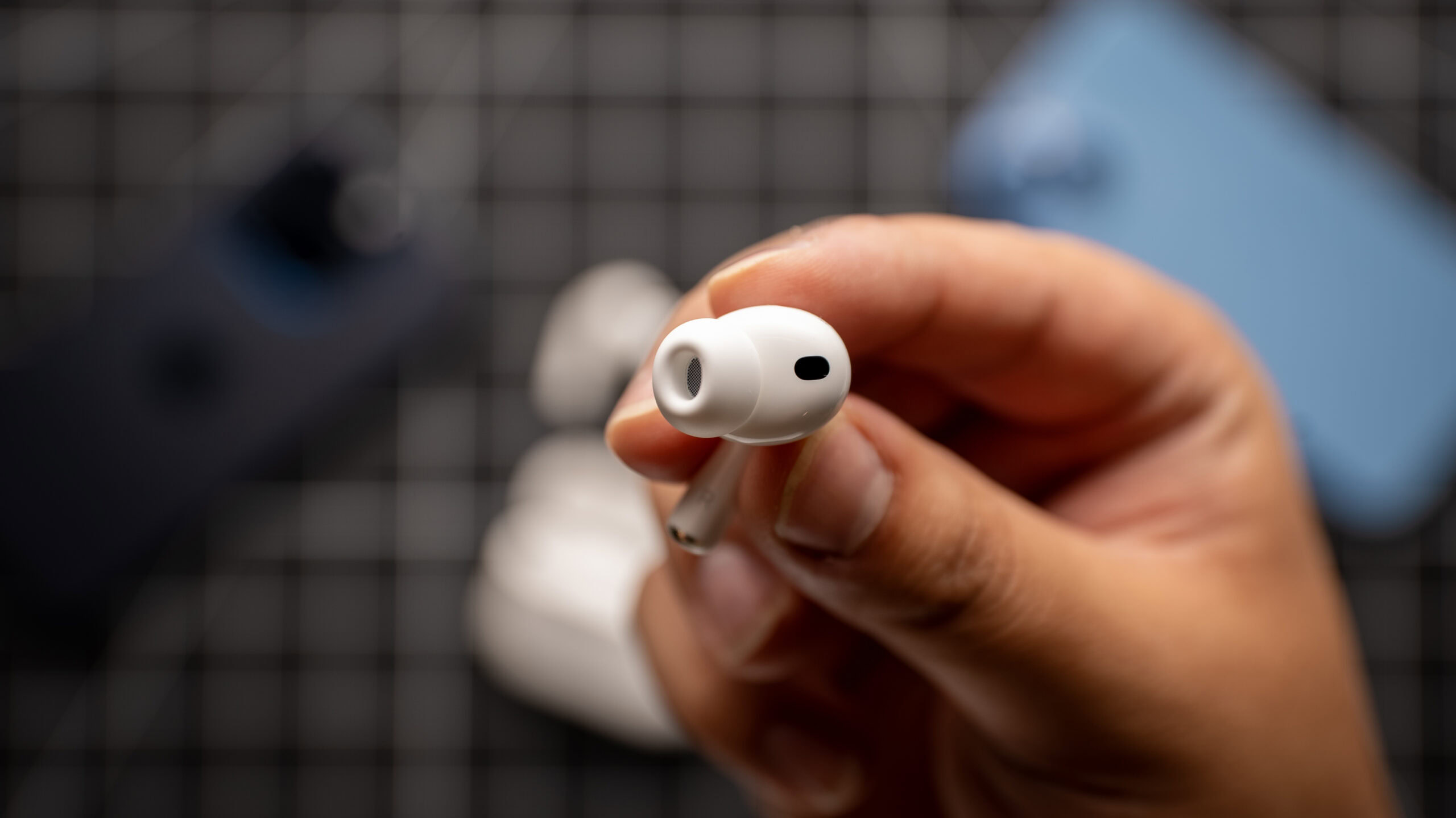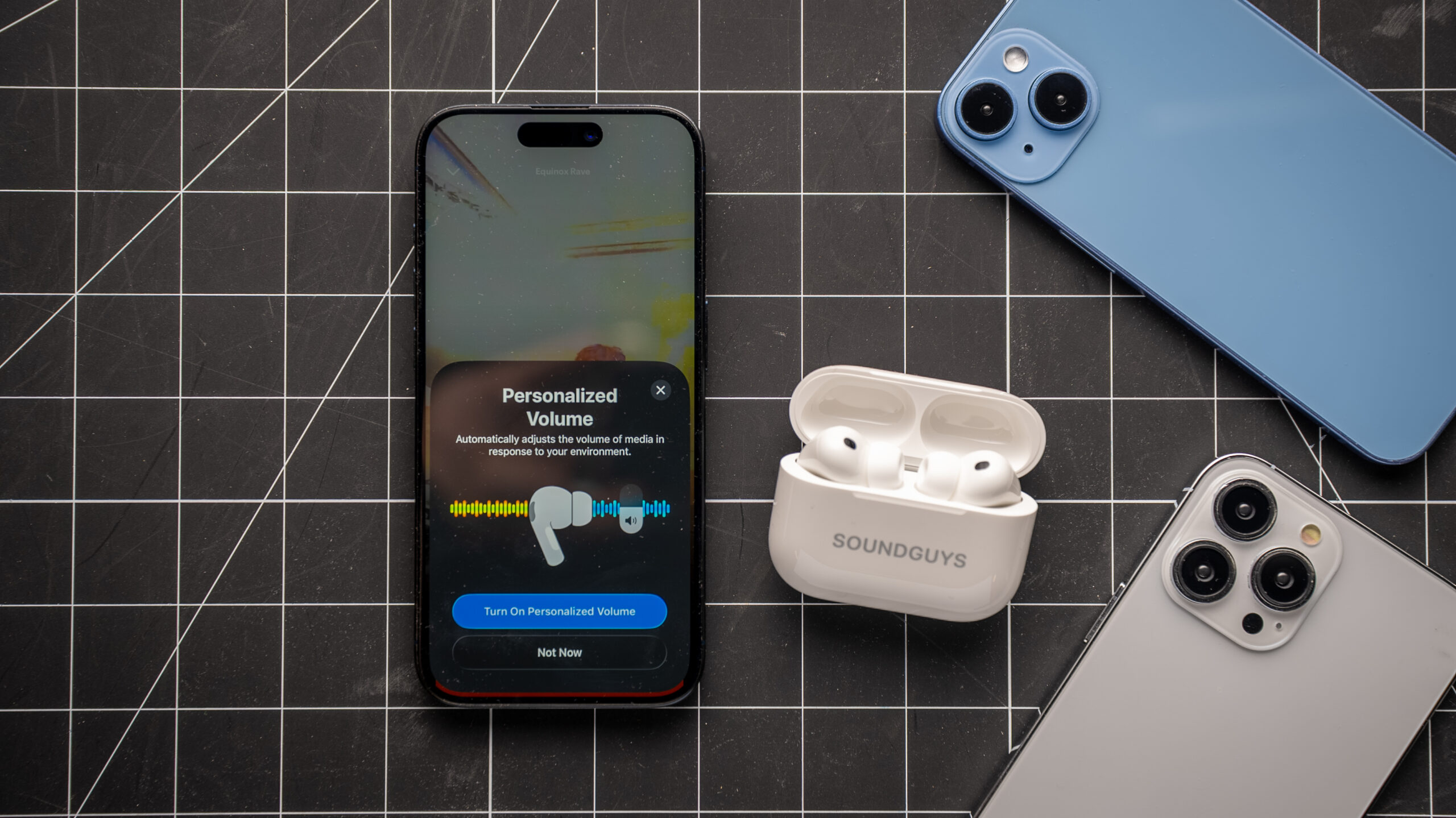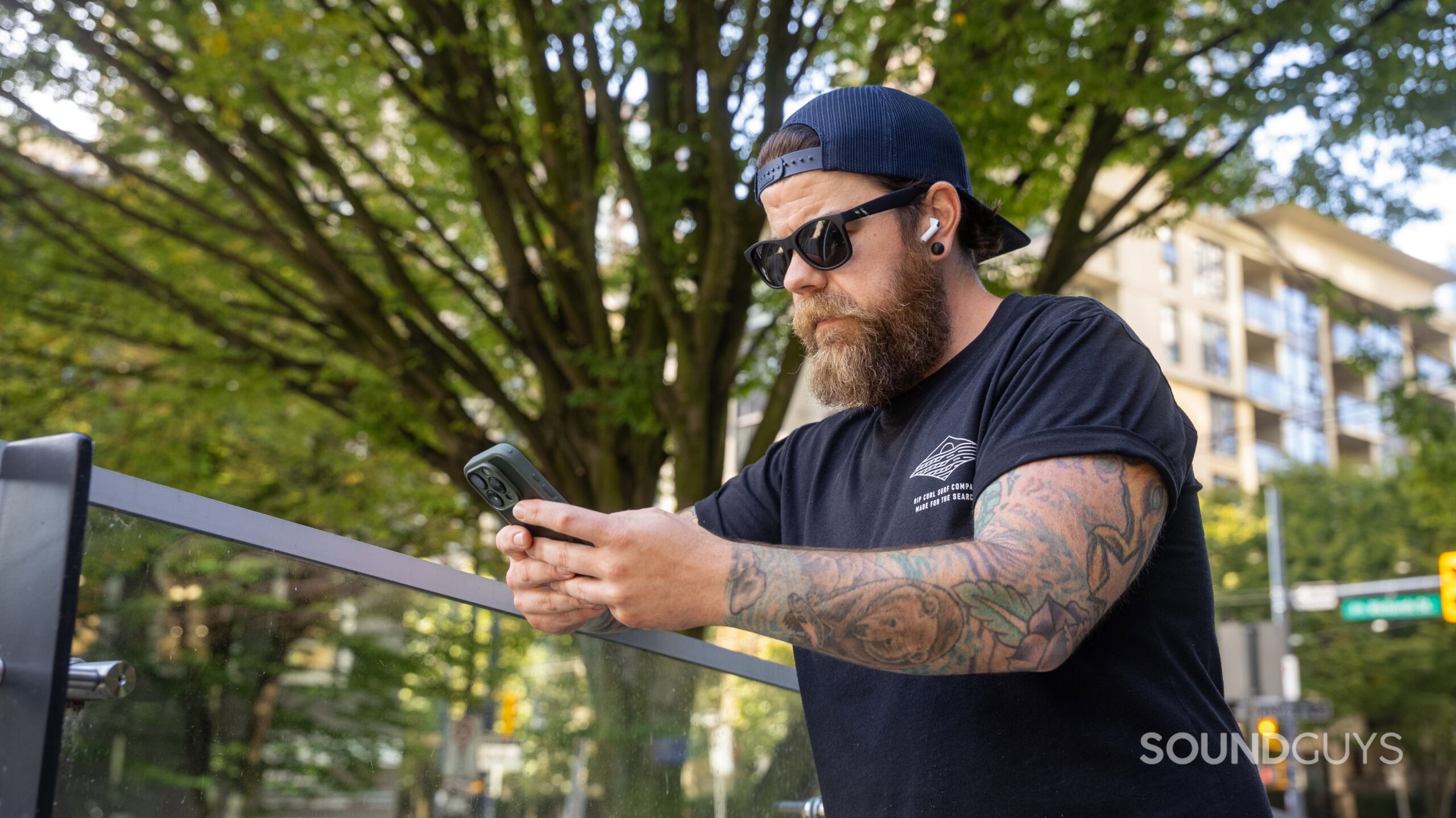All products featured are independently chosen by us. However, SoundGuys may receive a commission on orders placed through its retail links. See our ethics statement.
The AirPods Pro 3 put another brick in Apple's walled garden
September 23, 2025

The AirPods Pro 3 have just launched, promising a list of compelling improvements. However, as we’ve come to expect, Apple has sealed its very best features behind its ever-towering walled garden. While some people are happy committing everything to the iOS ecosystem, many listeners enjoy using multiple devices. For example, I use an Android smartphone, a Windows laptop, and a Mac computer. However, I won’t be able to use many of the AirPods Pro 3’s flagship features on two of my three devices. The company could have taken a step change in 2025. Instead, Apple’s insatiable appetite for locking its users into its platform has left the door open for rival brands with more ubiquitous features.
What’s new with the AirPods Pro 3?

In terms of software features, Apple promises that its newest buds have a more natural Transparency mode feature and improved spatial audio for surround sound enthusiasts. The AirPods Pro 3 can also be used to control your iPhone’s camera by squeezing the stem. They’re also more resilient, owing to their new and improved IP57 rating. They also have a built-in heart rate sensor like their Powerbeats Pro 2 cousin, to measure blood flow during exercise. The data can then be synced to your iPhone’s Fitness app, even without an Apple Watch. This unlocks real-time heart rate monitoring, calorie tracking, and access to a new AI-powered Workout Buddy for personalized insights.
The AirPods Pro 3 promise AI-powered live translation for conversing effortlessly in foreign languages.
Anther of the earbuds’ most highly anticipated features is Live Translation. This enables hands-free communication across multiple languages by allowing you to speak naturally with AirPods in your native tongue. Apple Intelligence then does the heavy lifting, translating your speech into the language of your fellow conversationist. There’s even an option to use your iPhone as a horizontal display when interacting with someone who doesn’t have AirPods’ hands-free capability. The feature launches as a Beta version and is available in English, French, German, Portuguese, and Spanish at launch. However, Apple intends to expand supported languages to Italian, Japanese, Korean, and Chinese (simplified) by the end of the year.
Lastly, Apple’s Hearing Health and Hearing Aid features have also been improved. These help to minimize exposure to loud environmental noise, and the AirPods Pro 3’s Conversation Boost feature is now automatic. Listeners can take Apple’s Hearing Test at home through the AirPods’ settings menu or Apple’s Health app. This provides a personalized hearing profile and insights about your hearing health. Once the Hearing Aid feature is activated, you can enable Transparency mode to hear a customized sound profile. You can also use Apple’s upgraded Precision Finding feature if you ever lose your buds.
Do all of the features work without an iPhone?

It all sounds great, right? Well, not so much if you don’t own an up-to-date iPhone. For example, Apple’s personalized spatial audio feature requires that you photograph your head with an Apple iPhone running iOS 16 or later with a TrueDepth camera. Even without personalization, Android devices cannot use Apple’s spatial audio feature. This is because it uses the company’s requisite hardware and H2 chip. Consequently, like spatial audio, you’ll also have to live without automatic device switching, auto EQ, Find My earbuds, and Apple’s battery life status indicator.
Apple’s Voice Isolation feature also only works with iPhones running recent iOS software versions. This enhances voice quality and removes background noise (such as wind) for the listener. However, you’ll need an Apple device running iOS 15 or later to use Voice Isolation during a FaceTime audio or video call. Likewise, Voice Isolation during phone calls is only supported by devices running iOS 16.4 or later. Automatic Mic Mode requires iOS 18 or later, and Voice Isolation in audio and video recording apps, such as Voice Memos, requires iOS version 26 or later.
Apple's new heart rate monitor, Live Translation, and Precision Finding features only work with recent iOS versions.
Devices with built-in health monitoring are becoming more popular. Unfortunately, Apple’s heart rate sensing during workouts is only available in the Fitness app on iPhone with iOS 26. That means you need an iPhone 11 or newer to take advantage of the AirPods Pro 3’s shiny new feature. It’s worth noting that it does work with an iPad running iPadOS 26 and an Apple TV with tvOS 26 paired with an iPhone or Apple Watch. However, you’ll need an Apple Fitness+ subscription to access a variety of workouts, meditations, and tracking data.
Perhaps the biggest shame is that Apple Live translation only works with Apple Intelligence–enabled iPhones running iOS 26 and later. That means you’ll need an iPhone 15 Pro or newer to converse seamlessly while abroad using the AirPods Pro 3. Likewise, Apple’s improved Precision Finding feature requires an iPhone 17. You’ll also need a compatible device running iOS 26 or iPad 26+ to use the Apple AirPods Pro 3’s new camera remote feature. With so many limitations for those outside of Apple’s sphere of influence, surely there are better OS-agnostic alternatives.
I always liked pears anyway

For example, the Sony WF-1000XM5 ($298 at Amazon) remain one of the most versatile earbuds on the market for iOS and Android fans. Lasting 9 hours and 32 minutes in our standardized battery tests, Sony’s flagship buds come packed with advanced features. These include excellent noise canceling and foam ear tips that quell unwanted sounds by up to 50dB. You also receive comprehensive wireless connectivity options, including Bluetooth 5.3, with support for SBC, AAC, LDAC, and LE Audio. Downloading the Sony Sound Connect (Android/ iOS) companion app provides a custom EQ, Ambient Sound, and customizable controls. You also receive Sony’s proprietary DSEE Extreme upscaling feature, Speak-to-Chat, and Sony 360 Reality Audio.
The JBL Tour Pro 3 ($249.95 at Amazon) are another future-proof offering that serves as a compelling rival to the AirPods Pro 3. Wearing an IP55-rated exterior and lasting 8 hours and 17 minutes per charge, the earbuds are an excellent companion for long commutes and gym sessions. They also ship with foam ear tips and cancel up to 83-84% of outside noise with ANC. Downloading the JBL Headphones (Android/ iOS) app grants you access to a 10-band custom EQ, an ear tip fit test, and JBL’s Find My case (and earbuds) feature. You also receive OS-agnostic spatial audio, channel balance, a volume limiter, and personal sound adjustments. The JBL Tour Pro 3 are a personal sound amplification device. As such, the Smart Charging Case can be used as a standalone user interface and as an audio transmitter with USB, 3.5mm, and wireless connections. The earbuds also support Auracast connectivity.
The Samsung Galaxy Buds3 Pro offer industry-leading features to Samsung smartphone owners.
The aforementioned Beats Powerbeats Pro 2 ($249 at Amazon) are one of the best workout earbuds on the market to date. They are IPX4 rated and have ear hooks to keep them in place during rigorous exercise. Beats also includes five different silicon ear tips ranging in size from XS to XL. Apple equipped the Powerbeats Pro 2 with its powerful H2 chip. Consequently, the buds support one-touch pairing, automatic switching, Audio Sharing, hands-free Siri, and Find My when paired with Apple devices. Non-Apple devices can connect via Bluetooth 5.3, and Apple claims the buds should last 10 hours with ANC enabled. Speaking of which, you can expect the buds to quell up to 83% of external noise. Downloading the Beats app yields control customizations, heart-rate monitoring, and more. However, Bluetooth Multipoint only works with Apple devices.
Android AI feature fanatics who want a similar experience to the Apple AirPods Pro 3 should check out the Samsung Galaxy Buds3 Pro ($249.99 at Amazon). These buds support live translation, adaptive noise control, voice commands, Find My, and 360 audio. However, many of these features require you to download the Samsung Wearable app. Likewise, you’ll need a Samsung smartphone to use the Samsung Scalable Codec and Samsung Seamless Codec. Samsung’s Live Translate feature is also only available on Samsung devices running One UI 6.1 or later. For everyone else, the Samsung Galaxy Buds3 Pro are IP57-rated, last 4 hours and 31 minutes per charge, and cancel up to 76% of outside sounds. They also have great sound quality out of the box, scoring 4.8 out of 5 overall in our MDAQS algorithmic tests.
But what do you think? Are the Apple AirPods Pro 3 a worthy upgrade for Apple and Android fans? Let us know in the poll and comments section below!
Will you buy the Apple AirPods Pro 3?
Thank you for being part of our community. Read our Comment Policy before posting.